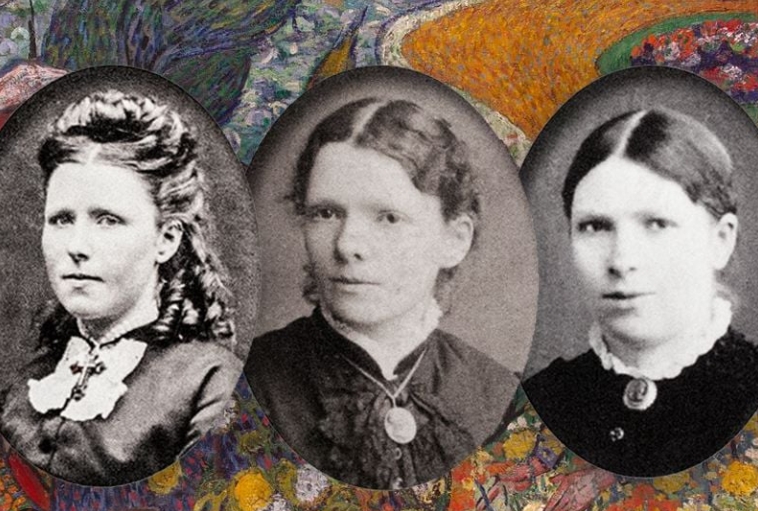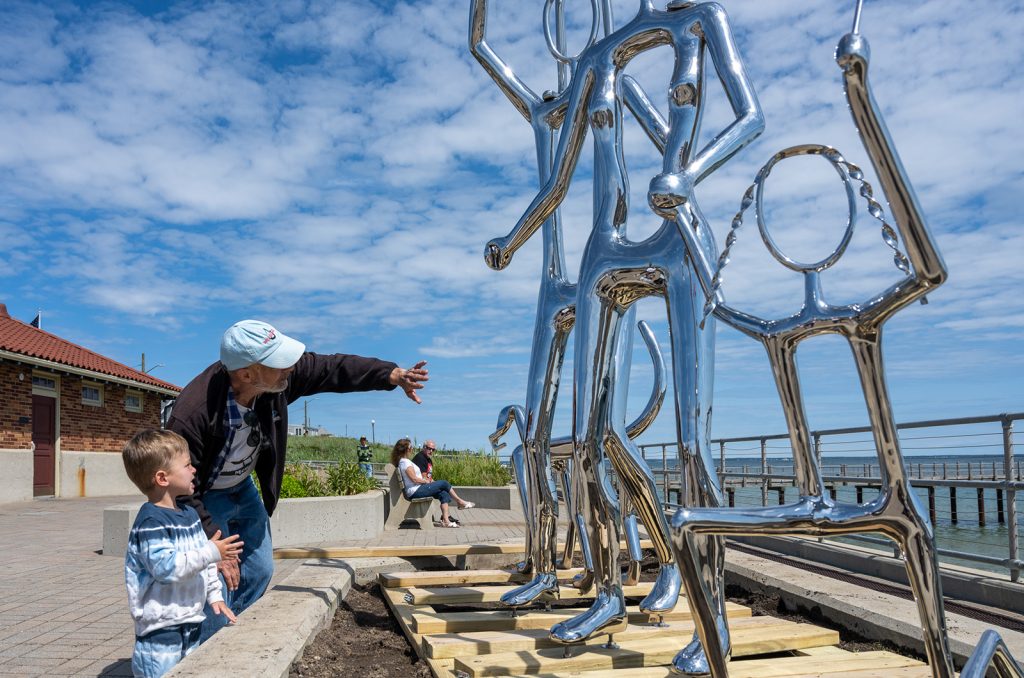Vincent van Gogh is undoubtedly one of the most famous and influential artists in history, known for his expressive and emotive paintings. But behind every great artist is often a supportive and influential family member, and for van Gogh, that person was his sister, Elisabeth Huberta du Quesne van Gogh.
Early Life and Family Dynamics
Elisabeth, often called Lies for short, was born on March 18, 1859, in Zundert, Netherlands, the same small town where her brother Vincent was born. She was the fifth of six children born to Theodorus van Gogh and Anna Cornelia Carbentus. Elisabeth was close in age to Vincent, and they shared a bond from an early age.
Supporting Vincent’s Artistic Ambitions
Elisabeth was a pillar of support for Vincent throughout his tumultuous life. Vincent often turned to Elisabeth for emotional and financial support, especially during his periods of despair and mental health struggles. She believed in his artistic talent when others doubted him, and she consistently encouraged him to pursue his passion for painting.
Letters and Correspondence
Elisabeth and Vincent maintained a close relationship through letters, many of which have been preserved and provide insight into their bond. Elisabeth’s letters to Vincent often contained words of encouragement, love, and understanding, showing her unwavering support for her brother.
Legacy and Recognition
Despite her pivotal role in supporting Vincent, Elisabeth’s contributions to art history have often been overlooked. However, recent research has shed light on her life and legacy, highlighting her importance in Vincent’s life and creative journey. Scholars have begun to recognize Elisabeth as a key figure in understanding Vincent van Gogh’s artistic development and personal struggles.
In conclusion, Elisabeth Huberta du Quesne van Gogh played a significant role in the life and legacy of her brother, Vincent van Gogh. Through her unwavering support and encouragement, Elisabeth helped shape Vincent’s artistic career and provided him with the emotional support he needed to create some of the most iconic works of art in history. Her story serves as a reminder of the often overlooked individuals who play a crucial role behind the scenes in the lives of great artists.


